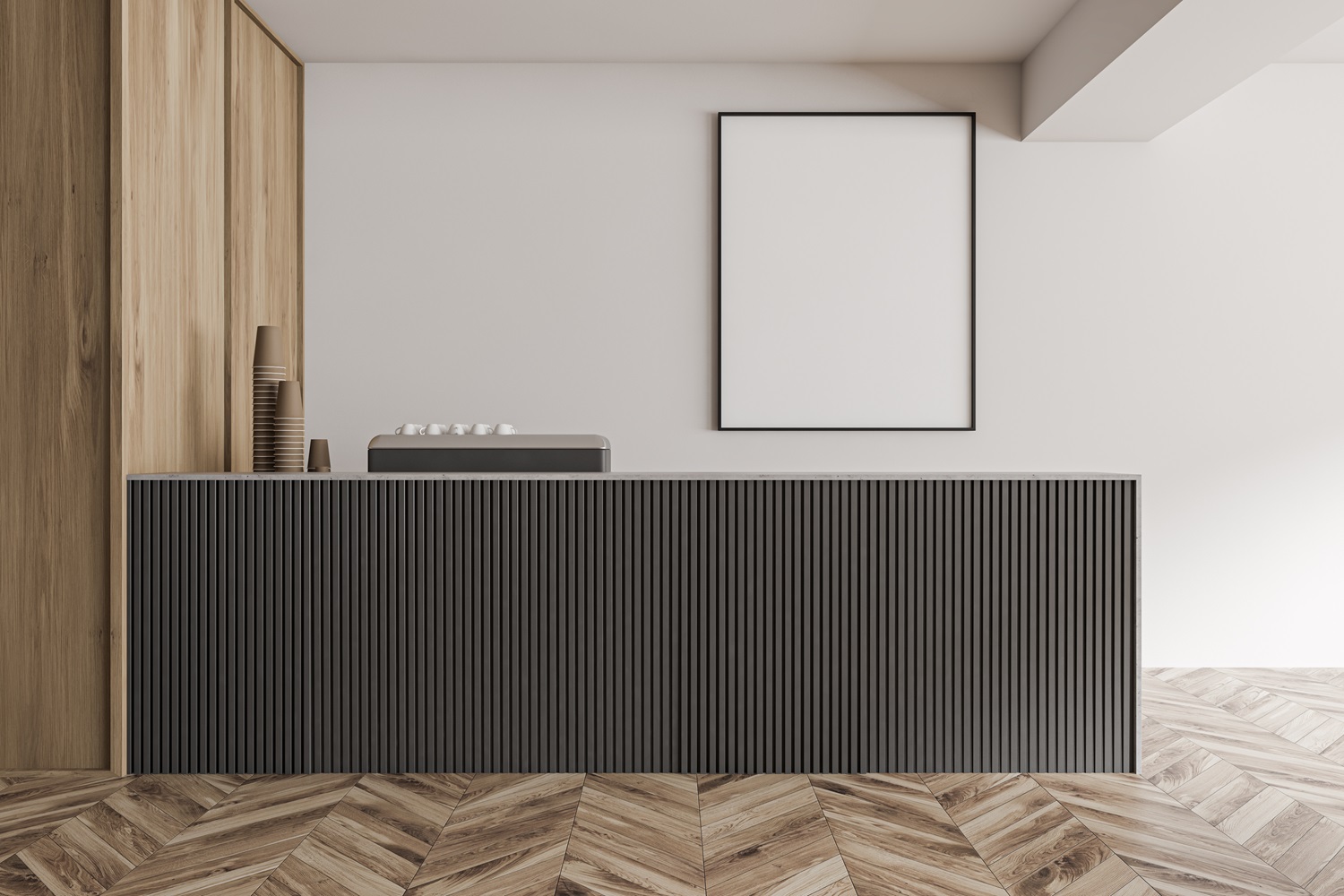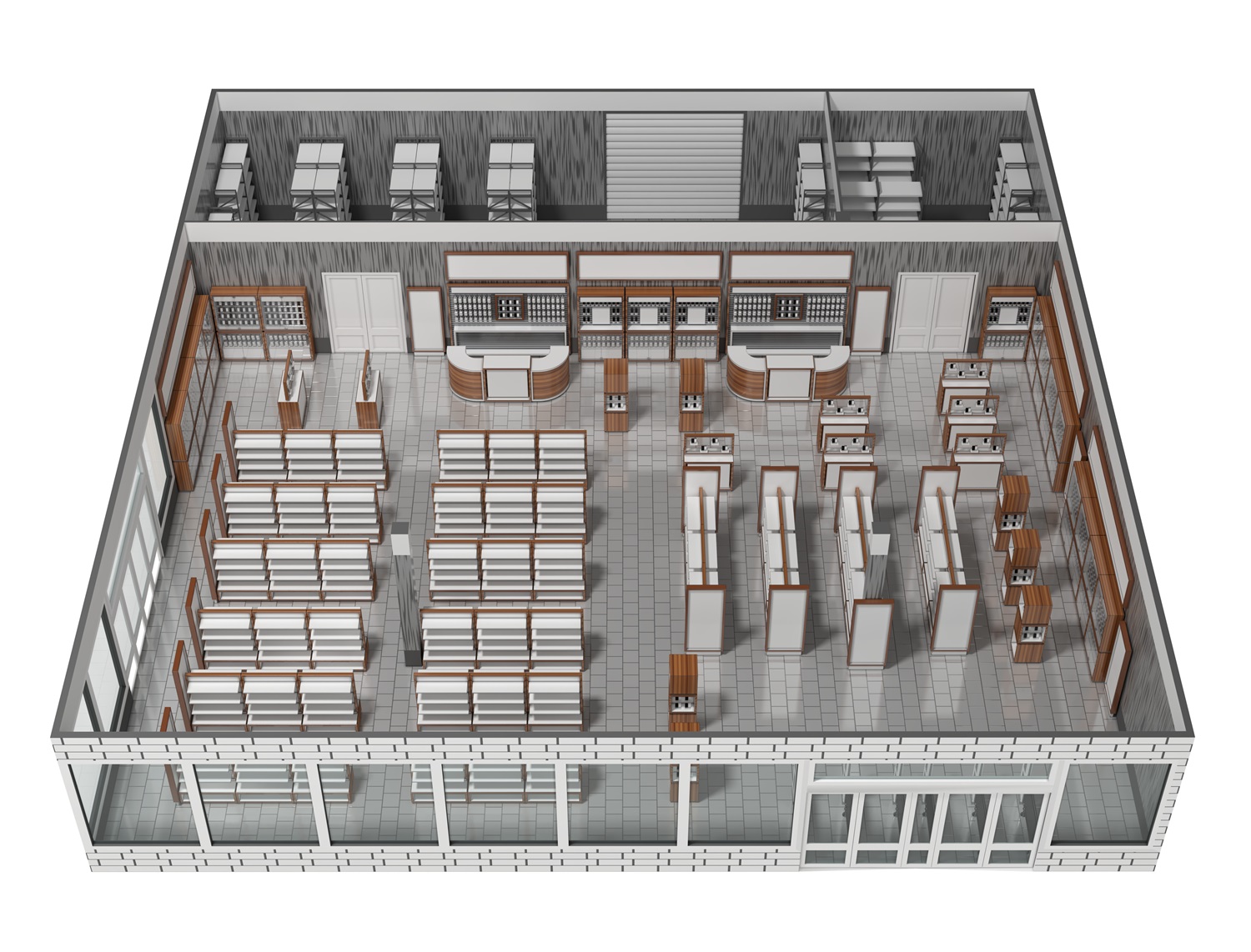
November 13, 2024
Designing the Perfect Retail Counter: Styles and Materials
A well-designed retail counter is pivotal in shaping customer experiences and streamlining store operations. From aesthetics to functionality, the choice of counter style and materials can significantly impact both the visual appeal and efficiency of customer service areas. This guide explores various counter styles, material options, and design considerations to help you create the ideal retail counter for your store.
Exploring Different Retail Counter Styles for Modern Stores
Popular Counter Design Ideas for Enhanced Customer Experience
Modern retail counters come in various styles that cater to both functional needs and aesthetic preferences. Popular designs include sleek, minimalist counters that provide a clean and contemporary look, and more elaborate setups that offer added storage and display features. Counter designs that incorporate features like integrated digital displays or built-in product shelving can enhance the customer experience by making transactions smoother and showcasing products effectively.
Incorporating Contemporary Retail Design Trends into Counter Setup
Staying current with retail design trends ensures that your counters not only function well but also align with modern aesthetics. Trends such as modular counter systems, interactive touchpoints, and eco-friendly materials are gaining popularity. Incorporating elements like adjustable heights or smart technology can create a more engaging and adaptable retail environment. Embracing these trends helps keep your store relevant and appealing to today’s consumers.
Choosing the Right Materials for Durability and Aesthetics
Comparing Material Options for Retail Counters: Wood, Metal, and More
When selecting materials for retail counters, durability and style are key considerations. Wood offers a classic, warm look but may require more maintenance. Metal counters, often used for their sleek and industrial appeal, are highly durable and easy to clean. Other materials, such as glass or composite surfaces, provide a modern touch while also offering unique design possibilities. Comparing these options helps in choosing a material that fits both the practical needs of your store and its overall design theme.
Balancing Functionality and Style with Durable Counter Materials
The choice of materials impacts not only the aesthetics but also the functionality of your retail counters. Durable materials ensure that counters can withstand daily wear and tear, while stylish finishes enhance the store’s visual appeal. For example, a laminate finish might offer both durability and a range of design options, while stone surfaces can add a touch of luxury. Balancing these aspects ensures that your counters are both practical and visually pleasing.
Creating Functional and Attractive Customer Service Areas
Optimizing Checkout Counters for Efficiency and Customer Interaction
The checkout counter is a focal point of customer service and should be designed to facilitate quick and efficient transactions. Features such as ergonomic designs, integrated payment systems, and accessible placement of registers can improve operational efficiency. Additionally, counters that are well-positioned for easy customer interaction can enhance the overall shopping experience, leading to higher satisfaction and potential repeat business.
Tips for a Seamless Integration of Counters into Store Layouts
Integrating counters into your store layout requires careful planning to ensure they complement the overall design while maximizing functionality. Consider the flow of foot traffic, visibility of key product areas, and the placement of complementary fixtures when positioning counters. Seamless integration involves creating a cohesive look that aligns with the store’s aesthetics and enhances the overall customer journey. Properly designed counters should support efficient store operations while contributing to a positive shopping experience.
In conclusion, designing the perfect retail counter involves a blend of style, functionality, and material choice. By exploring different counter styles, selecting the right materials, and optimizing the customer service area, you can create counters that not only meet practical needs but also enhance the overall appeal and efficiency of your retail space.


